
In an era where FIFA, UEFA and even the NBA chase growth like kids scrambling for candy, the IPL's story feels almost revolutionary
In a world where "more is more" has become the golden rule, the Indian Premier League (IPL) stands tall, cricket bat in hand, playing a different shot altogether. As the 2025 IPL season lights up living rooms once again, something curious is happening: despite promises stitched into billion-dollar contracts, the number of matches remains stuck at 74, not the projected 84.
While FIFA pumps up World Cups and UEFA stretches Champions Leagues until they squeak, the IPL has resisted the runaway train of endless expansion.
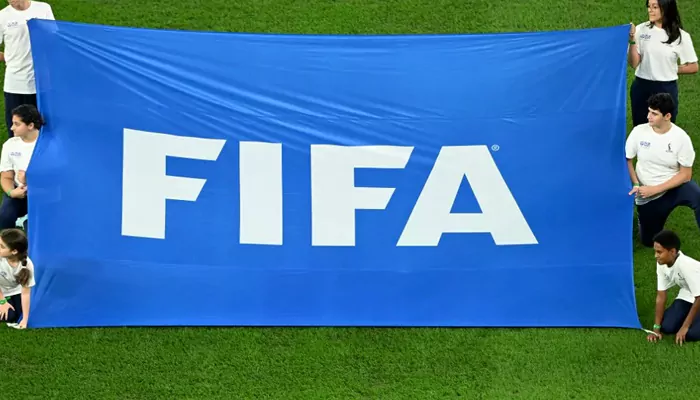
Credit: Africa News
This restraint isn't born out of laziness or fear. It's a calculated, almost chess-like move—a masterclass in understanding your product's true worth without overplaying your hand.
When the IPL kicked off in 2008, it was a firecracker in a bottle—59 matches, eight teams, and many questions. Fast forward 18 years, and even after expanding to ten teams, the number of games has only increased gently to 74.
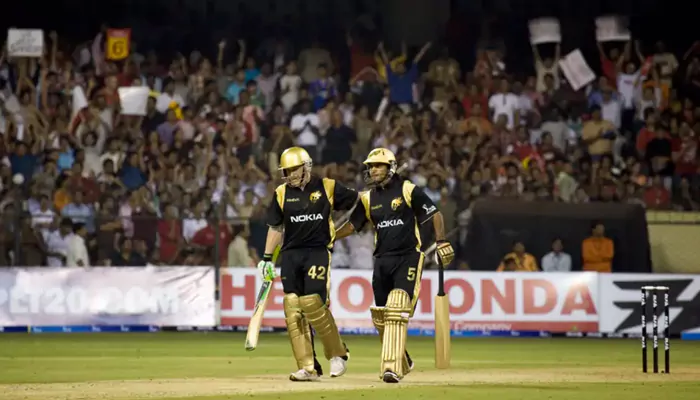
Credit: ESPN
To put that in perspective, FIFA's new Club World Cup is set to host 63 games, up from just 7. The NBA, with 30 teams and 82 games per team, often sees matches blend into the background noise. In contrast, every IPL fixture remains an event.
No cluttered calendar. No meaningless midweek games. Just prime-time, made-for-TV drama, night after night.
A key piece of the IPL's secret sauce? Timing. And no, not just slogging in the deathovers.
In the early 2010s, the league was filled with afternoon doubleheaders. In 2011, nearly one in three games started at 3:30 p.m. Fast-forward to today, and barely a dozen matches are played under the blazing sun.
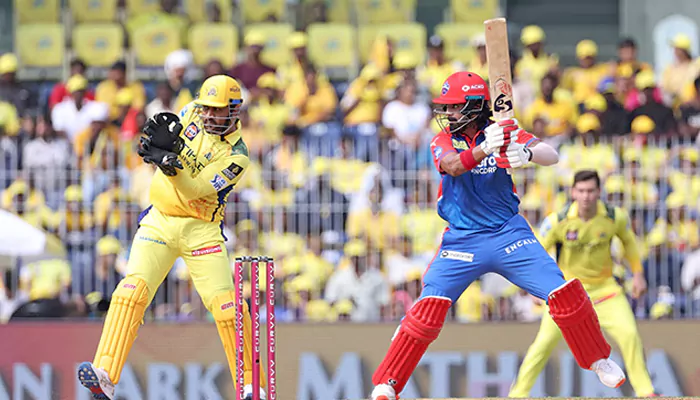
Credit: Crictracker
Broadcasters learnt the hard way: afternoon games brought in 30-40% fewer eyeballs. The IPL adapted, clearing the decks for 7:30 p.m. blockbusters that families could gather around, just like the evening soaps that once ruled Indian TV.
It's a reminder that when you play in entertainment matters just as much as how you play.
Here's the trick the IPL executes so well: it keeps you wanting more.
The league's broadcast deal, signed in 2022, amounts to a jaw-dropping $6 billion for five years. On a per-match basis, it's second only to the NFL worldwide.
Why? Because the matches are rare enough to feel precious. Compare that to European football, where even die-hard fans sometimes struggle to stay awake during a Wednesday night group-stage dead rubber.
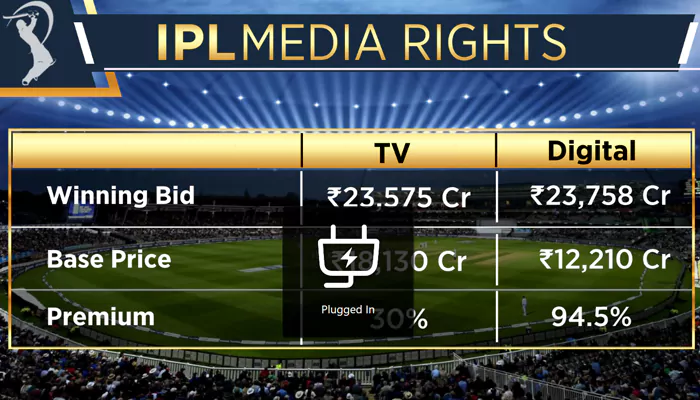
By carefully rationing its supply, the IPL transforms each match into an appointment, not just background noise. In the age of endless scrolling, scarcity is the ultimate luxury.
Of course, murmurs for a longer season aren't going away. Franchises would love a full home-and-away setup, stretching the season to 94 matches. But then come the hurdles: player workloads, the grinding Indian summer, the monsoon's hard deadline by mid-June, and the heavy traffic jam of ICC events.
Expanding now could mean diluting the very essence that made IPL special. Nobody wants a six-month drag where matches become just another date on the calendar. As IPL chairman Arun Dhumal put it, either the window needs stretching—or doubleheaders must sneak back in. Neither option, for now, is ideal.
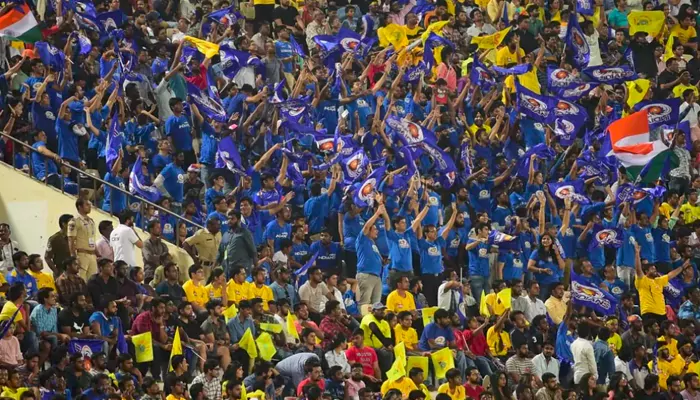
Credit: MPL
The temptation is real. After all, eight of the ten IPL teams are already busy buying stakes in T20 leagues abroad, hunting for fresh fields. But within India, the golden goose still needs careful feeding—not force-feeding.
Eighteen years in, the IPL understands that sometimes, the smartest play is the one you don't make. And in doing so, it's not just building a tournament; it's crafting a timeless spectacle.